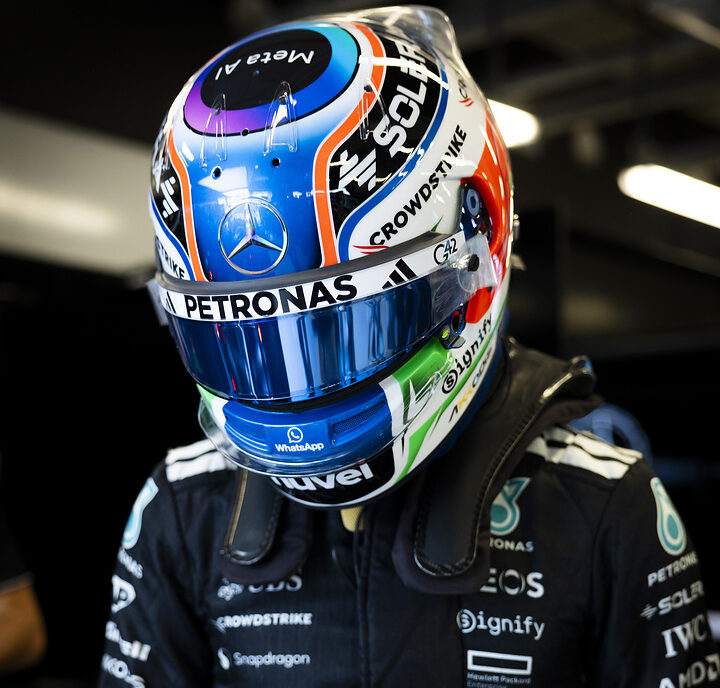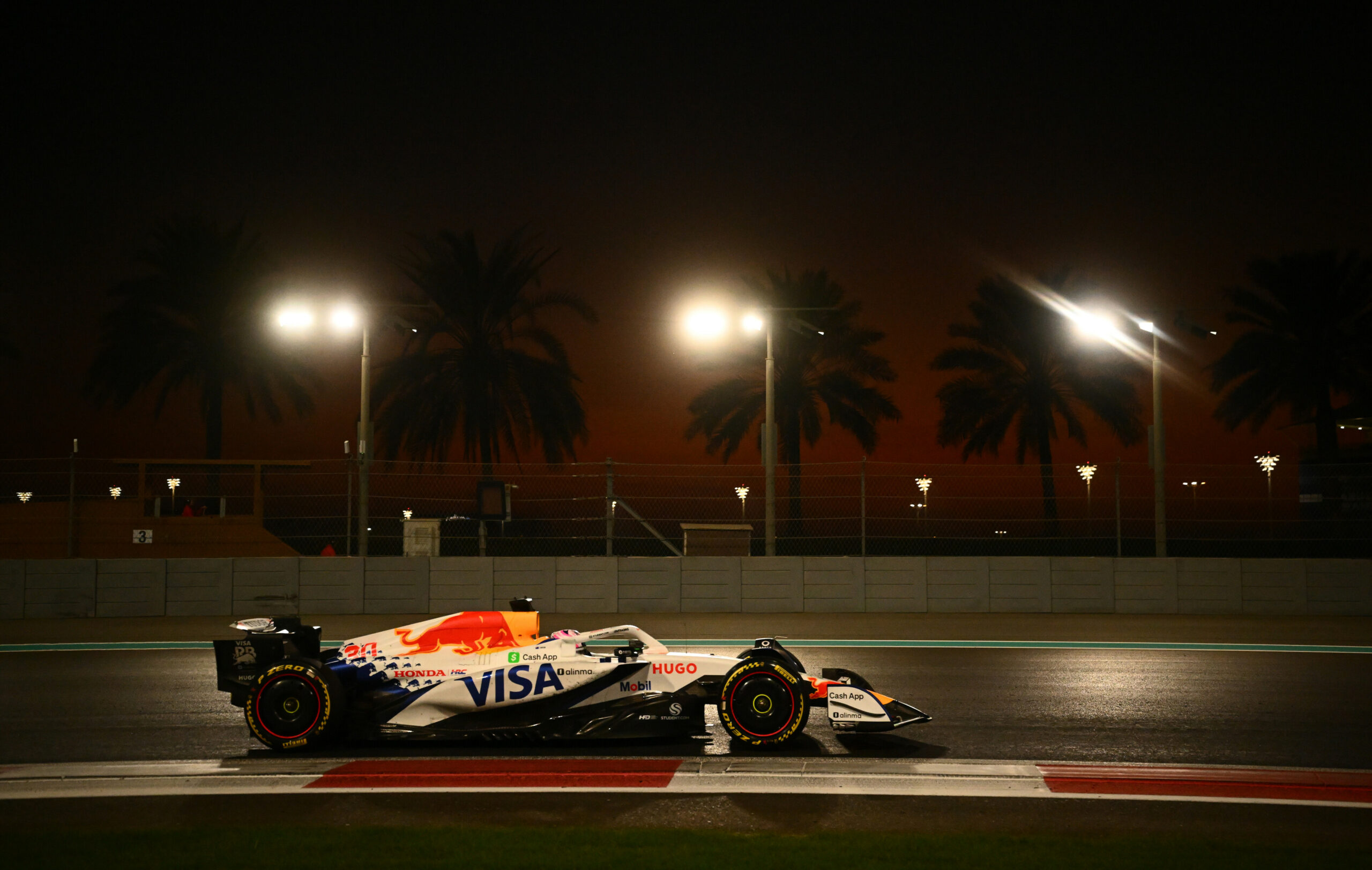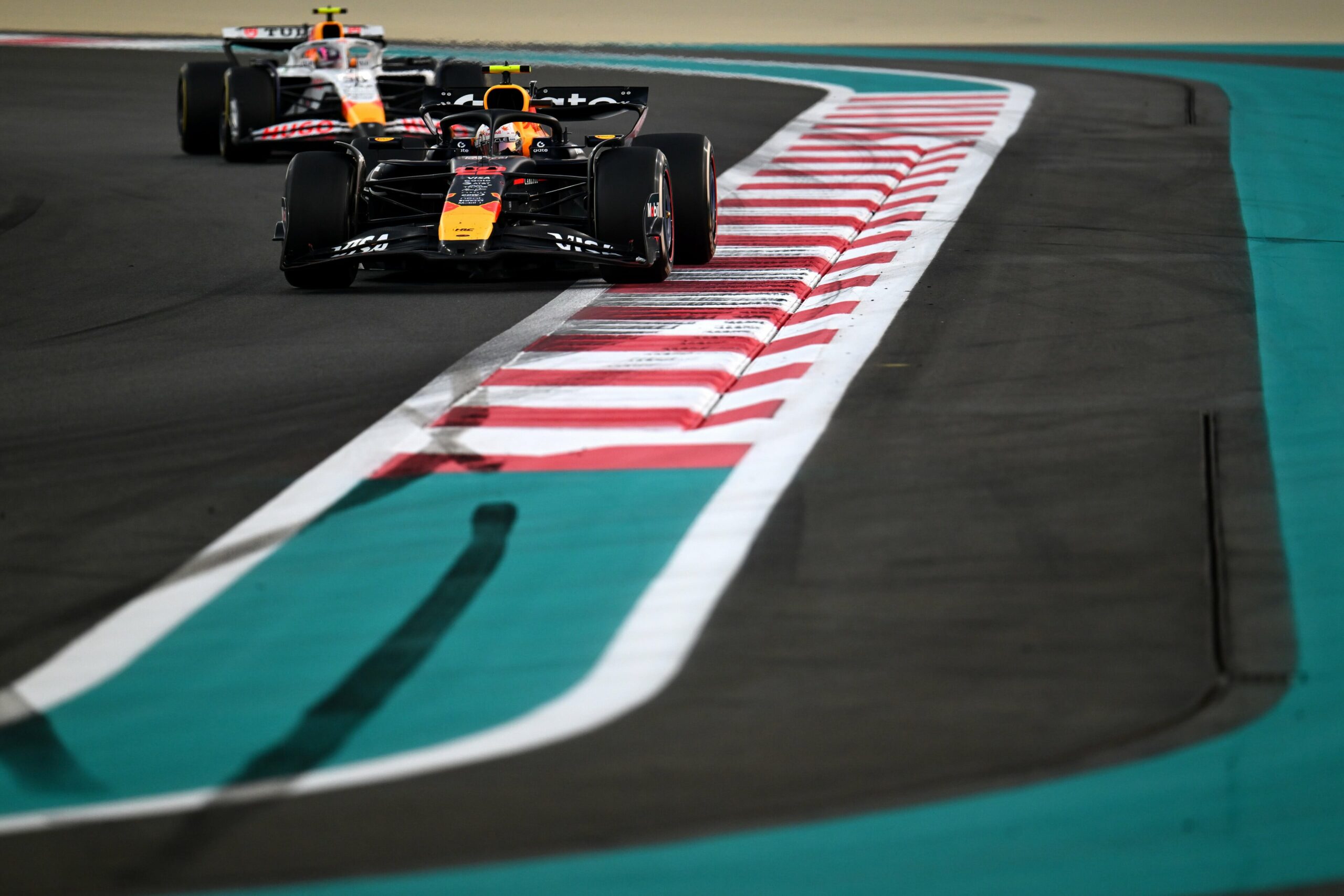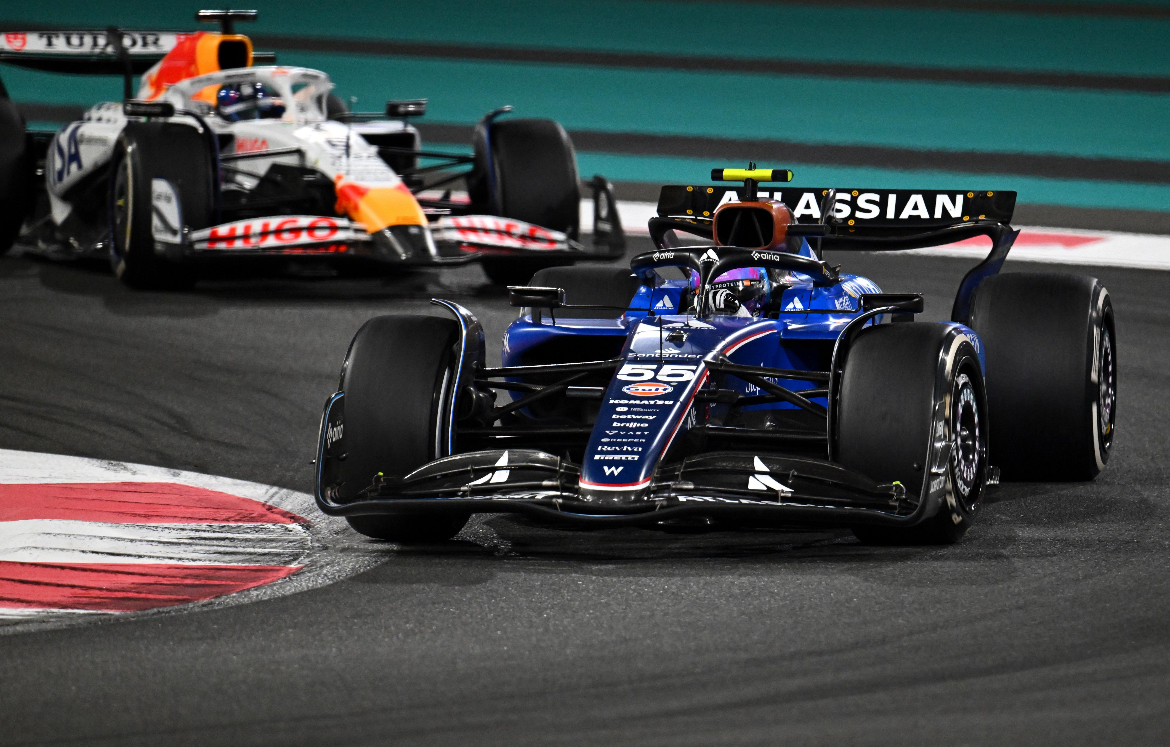Further and further from the points area and close to the bottom of the grid, McLaren is struggling to take off the 2023 season.
Evident shortcomings and limitations of the MCL60 have in fact emerged since the beginning of the championship, which means the Woking team has embarked on a path of aggressive developments and upgrades aimed at improving the performance on the track.
One of the main problems encountered by the car seems to concern the aerodynamic load, of which a first attempt at resolution resulted in the arrival of a new floor in Baku, a circuit full of long straights where aerodynamic efficiency matters a lot.
The choice seems to have paid off, as Andrea Stella explains:
“I cannot tell the numbers of aerodynamic efficiency, but let’s say that for here we were expecting something that was like maybe 2-3 tenths, and we think that’s what happened. I think in terms of competitiveness it looks like we are slightly happier than we have been so far in the first races.”
Regard the technical structure of the floor, the team principal illustrates that its conceptual change can be spilt into two:
“One is on the side of the floor which is very visible, and one is under the floor which is not visible, but it has to do with fences, shape of the channels and this game of millimeters here and there. So to be honest, the entire floor is completely different.”
It was certainly an hazard to bring updates over the course of a Sprint weekend, having only had a single free practice session to collect data. But Stella reassures that thanks to the presence of pressure taps on the floor, the revelation and the subsequent comparison of the data, which have been very reassuring from the beginning, it is a very fast process with the current cars.
“We knew it was risky especially in Baku because you can lose track time. We lost some track time because of the red flag, but we have been definitely reassured that as soon as we saw the initial data from the car on track, the data was correlating with what was expected, and there was no significant level of porpoising.
“You don’t have to make too many comparative tests to assess, because the floor, you cannot see it, but it’s equipped with dozens of pressure taps.
“So you create pretty much immediately a map, and then you compare it with the CFD map, you compare it with the wind tunnel map and from there you start: ‘this correlates well, this area doesn’t correlates well’, but overall the correlation was reassuring.”

Photo credit: McLaren Racing
According to the Italian engineer a very positive aspect of the new cars, compared to the previous generation, lies in the greater simplicity in finding a correlation between the data obtained in the factory and those collected on the track. In particular, since McLaren relies on external structures to complete its simulations, a process that therefore takes longer, this feature certainly helps a lot.
“I think this generation of cars is overall better correlated, at least at McLaren, knowing that we have some limitations with the wind tunnel. The limitations of the wind tunnel with the previous generation of cars was very restrictive, not only for the logistics and all the things we say all the time, it was even restrictive for the aerodynamic correlation generally.
“These cars, a lot happens under the floor, where overall the correlation is better for whatever reason. In the previous generation, there were many vortices that were flying in free air generated from the bargeboards for instance, so that area was always a little more tricky for the front wing.
“This front wing works further away from the ground, it’s simpler. Even the floor for some reason correlates better, so overall I think it’s more to do with the generation of cars and these aerodynamics.”
Speaking of the updates that will arrive in the future, Stella confirms that they will not only be limited to the floor but that they will also have effects on the rest of the car stating that “it’s work in progress and the shape of the car will evolve very visibly” as the campaign goes on.





